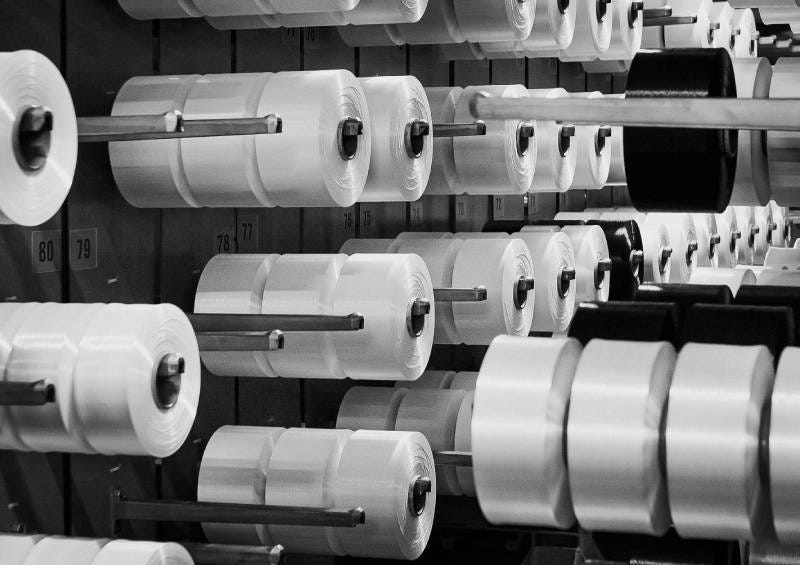Issues faced while weaving spandex and their solutions

Here are some of the problems and troubles faced generally in weaving using spandex blended yarns.
- Needle damage
Problem: Spandex fibers are very elastic and can be easily damaged by sharp needles on weaving looms. This can lead to broken spandex filaments and reduced fabric elasticity.
Solutions: Using blunt weaving needles designed for synthetic fibers or adjusting weaving settings to reduce needle penetration can help.
- Yarn breakage
Problem: The high elasticity of spandex can cause the yarn to break during weaving due to increased tension or stress.
Solutions: Reducing weaving speed, using lower warp and weft tension, and employing weaving techniques that minimize yarn stress can be beneficial.
- Looping and sewing defects
Problem: Due to its stretchiness, spandex yarns can loop or sew together during weaving, creating fabric defects and reducing quality.
Solutions: Using weaving reeds with appropriate density and size, adjusting loom settings to control yarn shed formation, and potentially opting for modified weaving mechanisms like rapier looms that offer better yarn control, can help minimize looping.
- Fabric stability issues
Problem: Fabrics woven with high spandex content can be unstable and lose their shape easily.
Solutions: Using a higher percentage of non-elastic fibers in the blend, incorporating specific weaving techniques like double weaves that enhance fabric structure or applying heat setting treatments to the fabric after weaving can improve stability.
- Differential shrinkage
Problem: Spandex and other fibers in the blend might shrink at different rates during washing or finishing processes, leading to puckering or distortion in the fabric.
Solutions: Choosing spandex fibers with similar shrinkage properties to the other blend components or using pre-shrunk yarns can help minimize this issue.
- Dyeing challenges
Problem: Spandex can be difficult to dye compared to other fibers, leading to uneven color uptake and shade discrepancies.
Solutions: Using specially formulated dyes for spandex blends or opting for solution dyeing techniques where the spandex is colored before spinning the yarn can offer better results.
